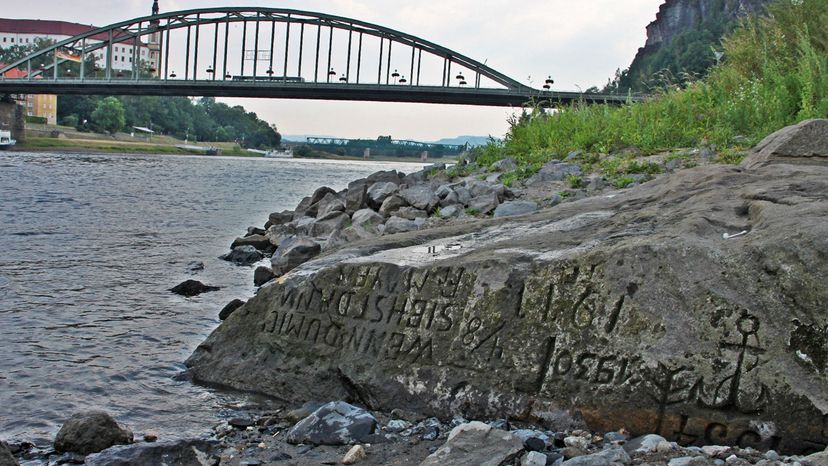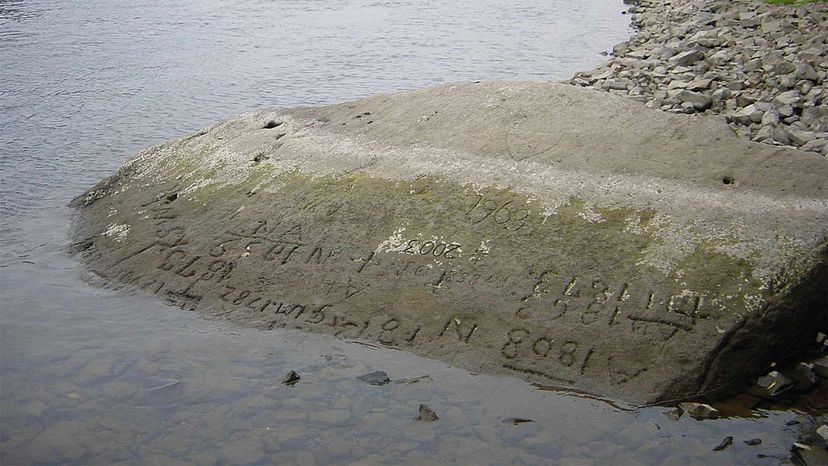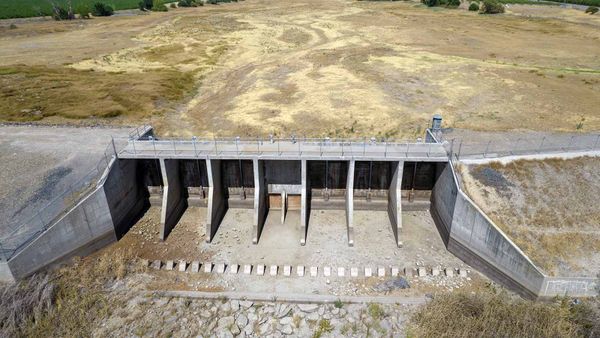
The brutal drought that much of Europe has suffered in 2022 shows little sign of letting up. As the European Drought Observatory reports, 26 percent of the continent and the British Isles is under alert conditions, meaning that the soil is so dry that vegetation is stressed, while another 33 percent is under warning due to a soil moisture deficit.
The drought of 2022 seems to be even worse than the one in 2018, which was the worst on record since 1500 C.E., Andrea Toreti, senior researcher at the Joint Research Centre of the European Commission, explains in an email interview. "Compared to 2018, this year's drought is more intense, persistent and affects a much broader area," Toreti says.
Advertisement
The drought is so severe that water levels in European rivers have receded so far that wrecks of sunken ships from World War II and even an ancient Roman bridge have become visible.



